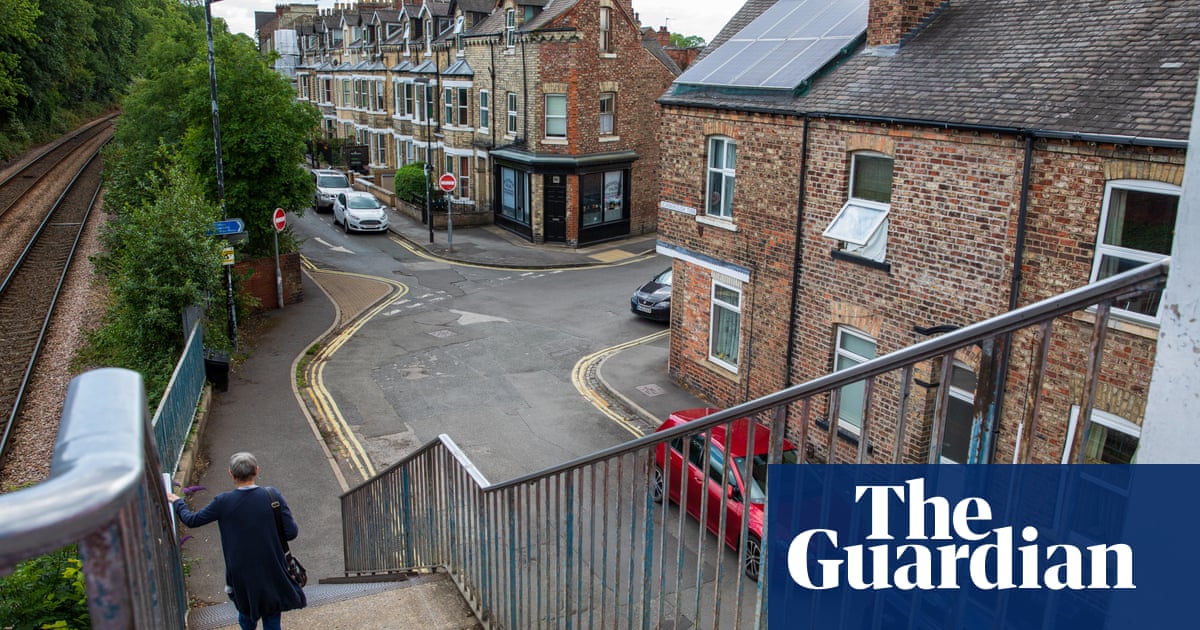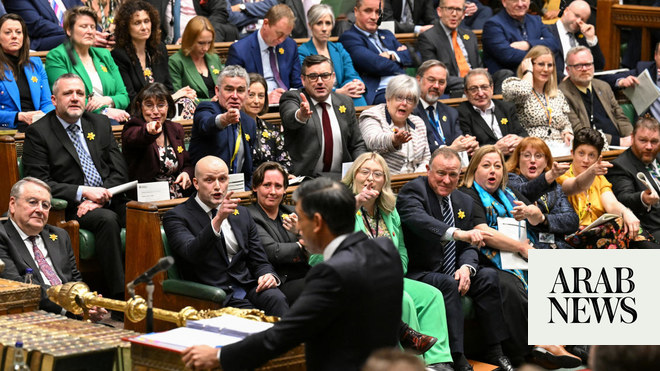
Crunch meeting to be held on Friday
Plan will see Britain closely mirror EU rules
LONDON: Prime Minister Theresa May will propose on Friday a new plan to ease trade and offer Britain more freedom to set tariffs after Brexit, a last-ditch attempt to unite her divided government on plans to leave the EU.
Her Downing Street office said May will unveil the plan — the “facilitated customs arrangement” — to her team of ministers at her country residence Chequers on Friday, trying to secure an agreement to push on with all-but-stalled Brexit talks.
May is under increasing pressure from EU officials, companies and some lawmakers to move forward with negotiations to leave the EU, a departure that will mark Britain’s biggest trading and foreign policy shift in almost half a century.
The new plan will see Britain closely mirror EU rules, use technology to determine where goods will end up and therefore which tariffs should be applied, and hand Britain the freedom to set its own tariffs on goods.
Her aides suggest the plan “offers the best of both worlds.”
But Friday’s crunch meeting will not be plain sailing.
Her Brexit minister, David Davis, has sent a letter to May to describe the plan as “unworkable,” a source close to him said, and supporters of Britain leaving the EU fear being kept in the EU’s customs sphere — something they see as a betrayal.
With the clock ticking toward a March departure date and passions running high, May needs to thrash out a deal with her ministers on a future customs arrangement with the EU.
May was forced to ditch her preferred option for a customs partnership, which would have seen Britain collecting tariffs on goods entering the country on the EU’s behalf, under pressure from Brexit campaigners in her government.
They had backed a streamlined customs arrangement now known as “max fac,” which would see traders on an approved list or “trusted traders” to cross borders freely with the aid of automated technology.
The facilitated customs arrangement is seen by her aides as a way to use the best bits of both options. For Brexit supporters wanting a clean break from the EU, it seems to be a re-branding of her preferred option that would essentially keep Britain in the EU’s customs union.
The plan suggests there will be a type of customs union for goods, something that should please manufacturers. But based on the detail offered so far, there is little on how Britain’s large services sector will trade with the EU.
“Nobody would have believed you two years ago if you said we wouldn’t have answers to the fundamental questions about what our trading relationship is going to look like,” said a senior executive at one of Britain’s largest banks.
“This is a disaster for Britain.”












